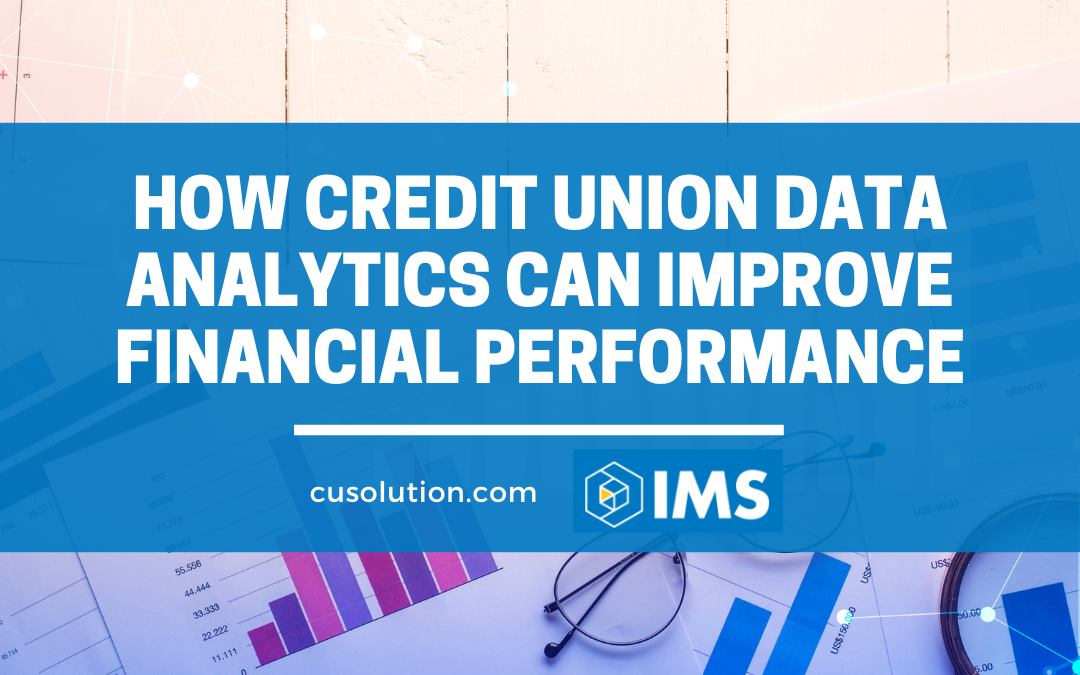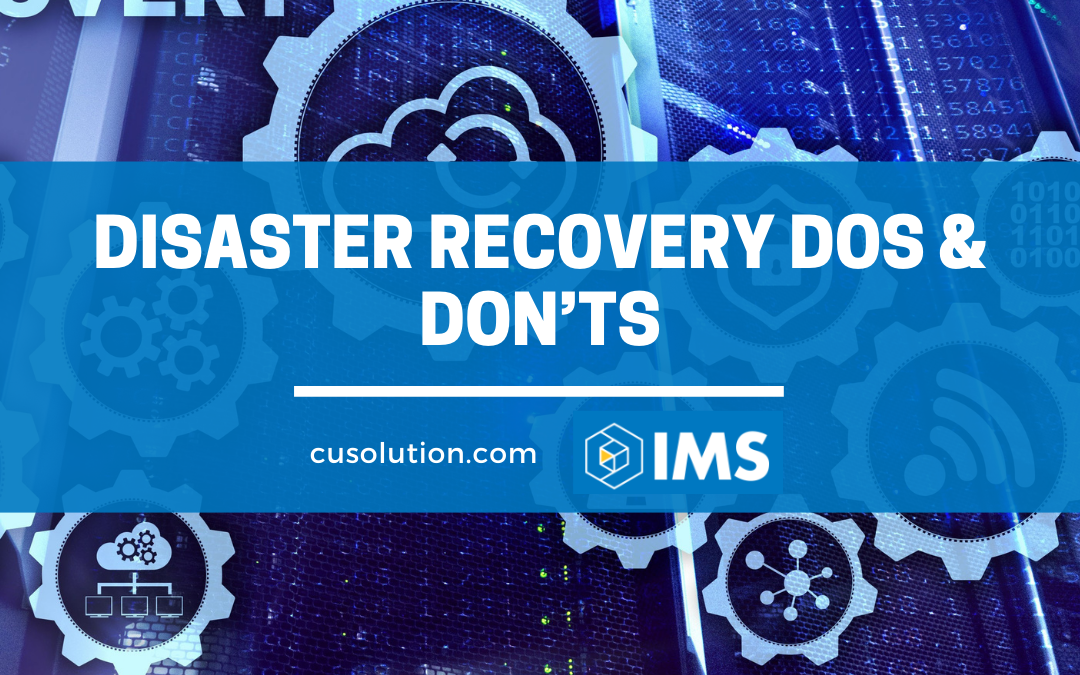
by admin | May 8, 2023 | Business Continuity Planning
In the modern age, credit unions are increasingly turning to data analytics to gain a better understanding of their financial performance. By leveraging data analytics, credit unions can track customer preferences, improve the member experience and ultimately...

by admin | Jan 23, 2023 | Uncategorized
Credit unions are a popular financial institution for many, yet the digital experience offered to their members can vary greatly. There are lots of insights and ways credit unions can use the digital experience at the top 100 credit unions to augment and...

by admin | Dec 12, 2022 | Credit Union Resources
There are just over 5,200 credit unions in the United States, as of 2021. And more than 65% of those are classified as “small credit unions.” According to the NCUA, these are credit unions that have less than $100 million in assets. In much the same way that...

by admin | Aug 1, 2022 | Cybersecurity
Your credit union members are likely more worried about making sound and safe financial decisions, especially as housing and living costs rise with an unprecedented hike in inflation. In the last several decades, these costs have quadrupled in most areas of the...

by admin | Jun 6, 2022 | Business Continuity Planning, Uncategorized
Credit unions have had their fair share of setbacks in the last year. However, the recent 4th quarter report from the National Credit Union Administration (NCUA) shows that assets, shares, and deposits grew during the last months of 2021. To capitalize on that...





